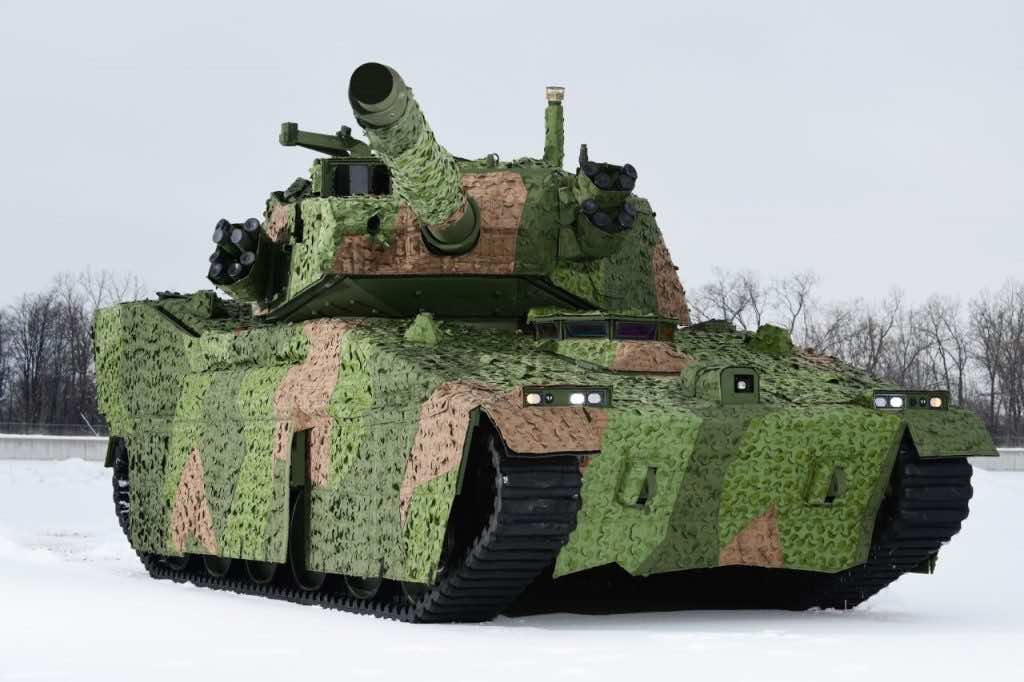The U.S 82ND Airborne Division, along with the army’s soldiers, are testing the next-generation light tanks’ abilities and limits at Fort Bragg, North Carolina. The test results and the Army officers’ opinion will determine the winner of the U.S Army’s Mobile Protected Fire program.
With the next generation MPF program, U.S is tracing down what suits best for their airborne and light infantry units. Army hasn’t had a similar weaponry grade since the 1990s and is now to equip its might with a light tank to back its firepower. This will come fruitful in penetrating the enemy’s defense lines in rural or natural terrain.
The M551 Sheridan filled this role in the late 1980s and early 1990s. However, it was retired of service, and the m8 Buford planned as its replacement got canceled of production. It took the army nearly two decades to get this close to selecting a light tank to equip with.
The new tanks in the army’s options are easier to maintain, fast enough to keep up with other Infantry Squad Vehicles hence more lethal than ever before. The army’s requirement for the new light tank is that it should be transportable in a C-17 Cargo aircraft, set to fight upon its landing, and capable of being upgraded to new combat tricks as they serve.
After streaming down from many proposals, the U.S army has reached down to two prototypes, one is from General Dynamics, and the second is from BAE systems. A total of 504 tanks will be required for the final selected model.
Anything that could be called a tank can’t fall in the bracket of the word ‘small,’ but still, there is a huge size difference in both of the final selected prototype models. The General Dynamics tank model follows its heavy-sized lineage. Hence it is considerably large in size. The BAE tank also seems to follow its ancestor models and hence is compact in size but more in its applicability.
BAE Systems
In an interview, BAE’s Director of Business Development said, “We decided to stay in the same size, weight, space envelope that we had for the AGS program. We think that fits what the Army really wants.”
Their key selling point is also their small size, hence more applicability. It says size has implications on thermal and electronic signatures to armor protection, crew, and most importantly, its transportability.
General Dynamics
GD land systems Director Reese said, “The basic vehicle design from the chassis to the turret, electronic architecture, and power generation all offer growth. Its potential stems from the fact that its MPF is large, somewhere in the 30-to-40-ton range. A pair of its light tanks will fit on a C-17 just as the Army requires.
The large size of the General Dynamics MPF allows it to equip technological growth better, making it last for good for a longer period. The more space they said will enable the handling team to work better. It has more space for liveability and division of work for all its crew.
The near future will now tell which tank takes the winner spot, their testing is in process, and a final call is in place to be taken soon. The army will equip with the model that suits its requirements the best. Both the finalist models can perform wonders in the enemy’s destruction, and both come with their pros and cons co pared to each other. It rather is a difficult call to be made soon.

